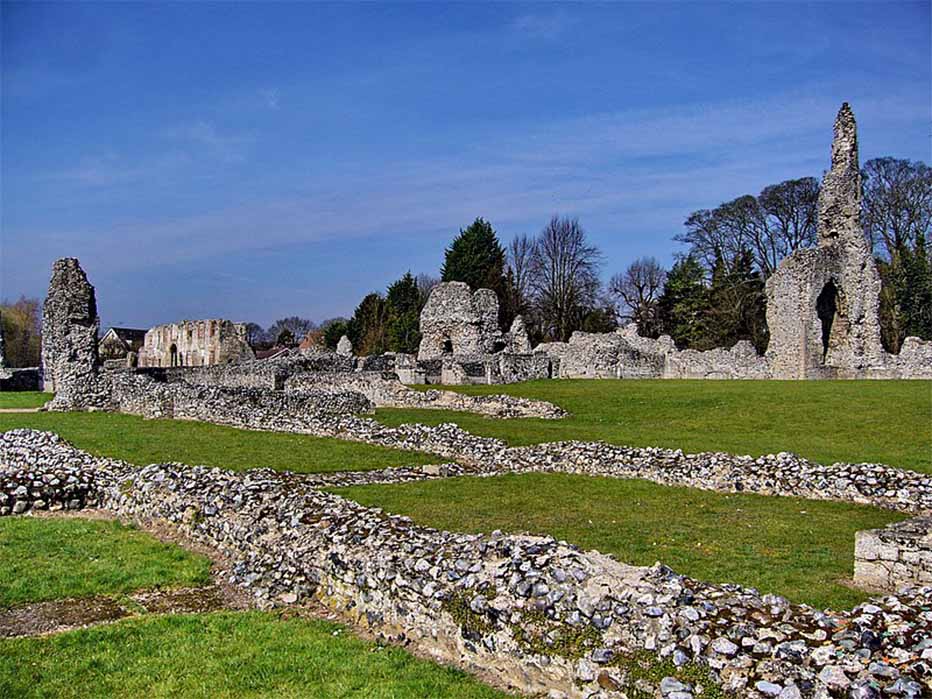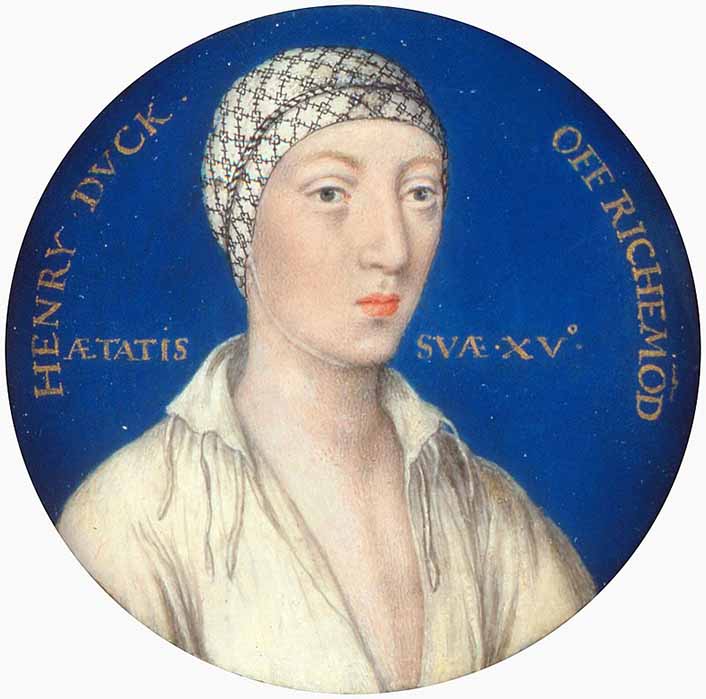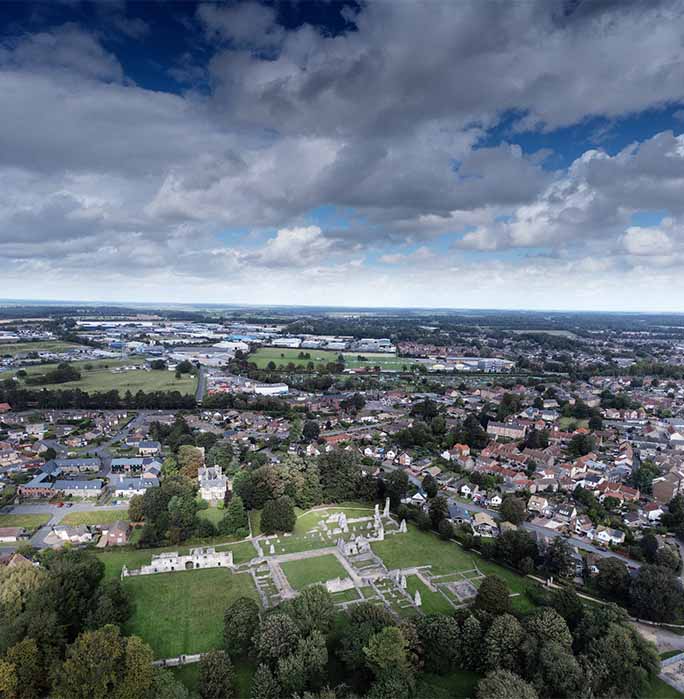
Thetford Priory, Lost Resting Place of Henry VIII’s Illegitimate Son
The towering ruins of the Priory of Our Lady at Thetford recalls in the words of English Heritage, “one of the largest and richest foundations in medieval East Anglia,” yet the ravaged stones of Thetford Priory also stand as testament to the brutal efficiency of the English Reformation. The site is particularly famous for having housed the tombs of the notorious Howard family, including the first, second and third Dukes of Norfolk as well as that of Princess Anne of York, a daughter of Edward IV. It was also the burial place of Henry Fitzroy, Duke of Richmond and Somerset, the illegitimate son of Henry VIII by his mistress Elizabeth Blount. Henry VIII acknowledged Fitzroy as his son and heaped honors on him giving him riches such as his own London residence at Durham House and in addition to his Dukedom in 1525 he was made Lord High Admiral of England and President of the Council of the North. When Fitzroy died in July 1536 at St James' Palace, he was buried at Thetford Priory having been married to Lady Mary Howard, a daughter of the third Duke of Norfolk.

Henry Fitzroy, Duke of Richmond and Somerset (1519-36), by Lucas Horenbout (Public Domain)
However even the presence of Fitzroy’s grave was not enough to save Thetford Priory from the Dissolution of the Monasteries, issued by his father King Henry VIII, and it was finally dissolved in 1540, being one of the last to be so. These notable burials however ensured that the site of Thetford Priory has remained of interest to historians and archaeologists ever since and in the 1930’s pioneering excavation was launched at the site.
Roger Bigod The Norman Founder
Thetford Priory was founded in 1103-1104 by Roger Bigod, a Norman knight who had travelled to England with William the Conqueror. His father had risen to prominence in William’s household after, according to legend, having saved William from an assassination plot led by his cousin William Werlenc. For their loyalty the Bigod’s were well rewarded and by the time the Domesday Book was recorded Roger Bigod held vast lands in Essex, Suffolk and Norfolk. Roger Bigod’s power base was at Thetford and so it was there he chose to found the Priory, an act he undertook instead of going on pilgrimage to the Holy Land. It was affiliated with the Order of Cluny, built in their typically grand scale and it was originally dependent on Lewes Priory, whose Prior, Lazo, sent in 12 monks under Malgod to help establish the Priory. The Priory was located on the edge of Thetford town by the banks of the river.

Airial view of Thetford Priory ruins in Thetford town (jayfish/ Adobe Stock)
Work began on the church itself in 1107 and the Presbytery was complete enough by 1114 for the monks to take up residence. Prior to this they had been lodging in a number of cells which had been erected for the purpose.
- Colne Priory – Revisiting the Excavation Of The Earls Of Oxford’s Tomb Sites
- Restoring The Ruins Of Reading Abbey, Resting Place Of Kings
- Fountains Abbey: Ruins And Reminiscences Of Monastic Life In England
Thetford Priory followed the standard plan of monastic structures and consisted of a church, refectory, dormitory, cloister, infirmary, Prior’s Lodging and Chapter House. Magnificent and imposing, the church was from a very early date believed to be in possession of a statue of the Virgin Mary which worked miracles, and it quickly became a site of pilgrimage. The money raised by pilgrims allowed the gatehouse and east end of the church to be rebuilt in grand style and the Priory received more than its fair share of royal attention. In 1248 the Prior of Thetford, Stephen, was involved in a quarrel with a visiting Welsh monk Stephen de Charun, and was stabbed, dying just outside the great west door of the church. The murderer was arrested and dealt with by the king.
Thetford Priory was linked to the Bigod family until the death of the last Earl Roger in 1306 and was then patronized by the king.




